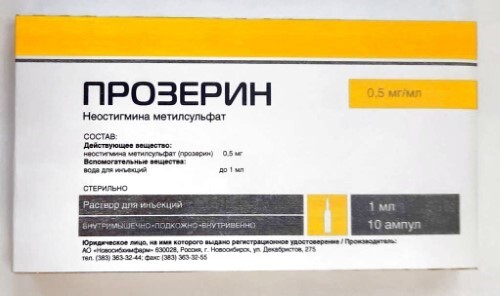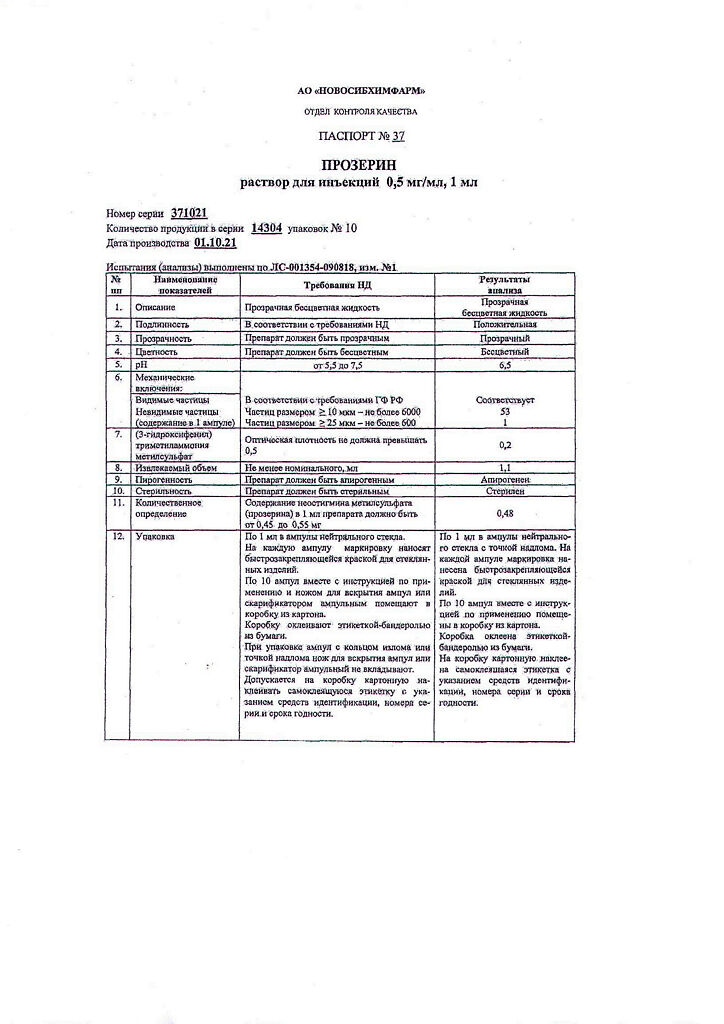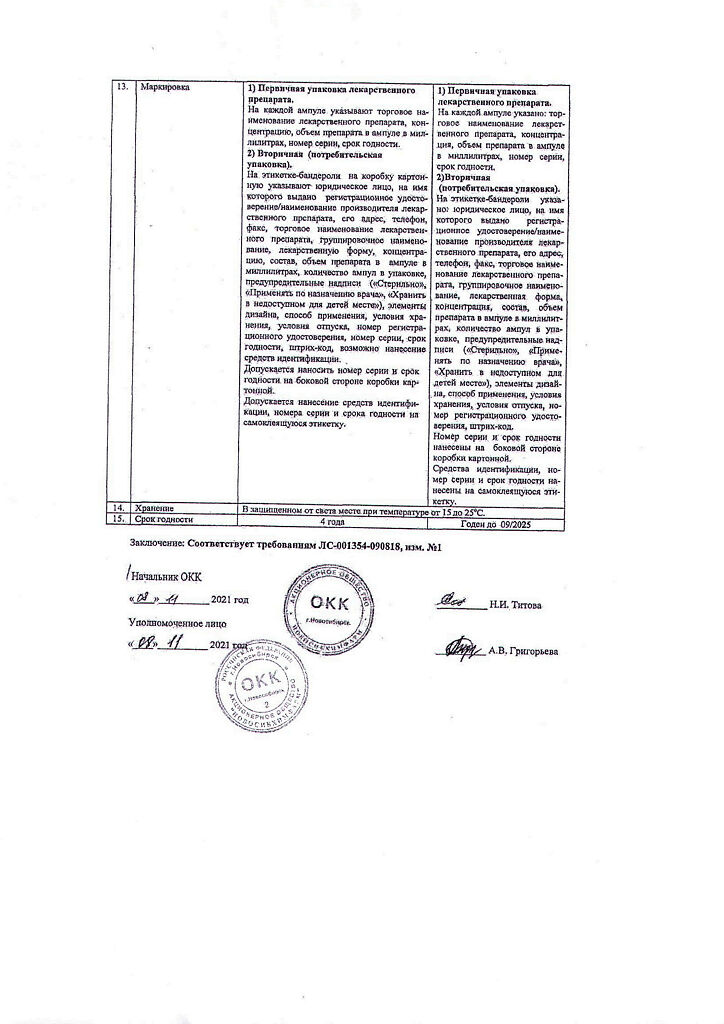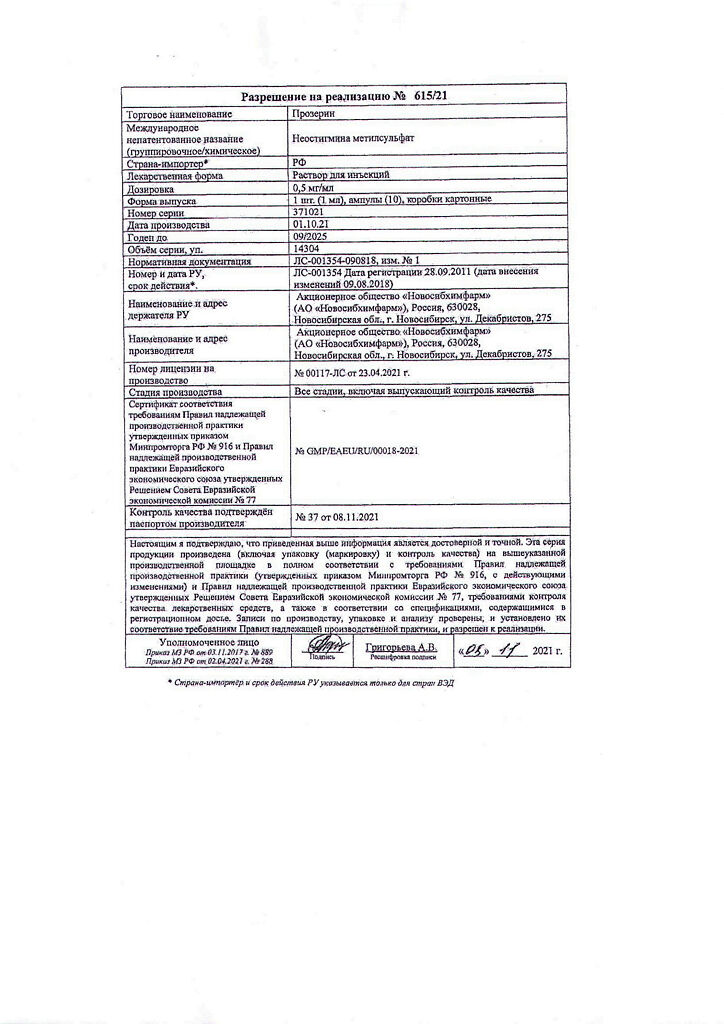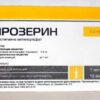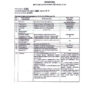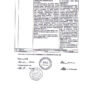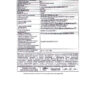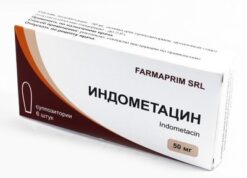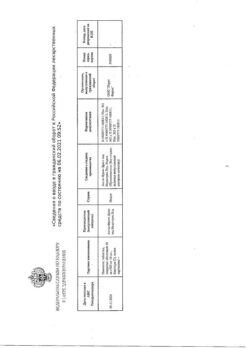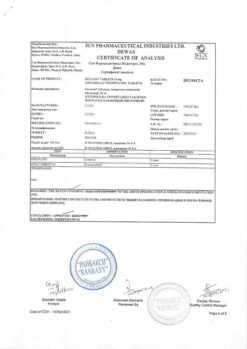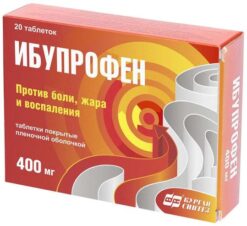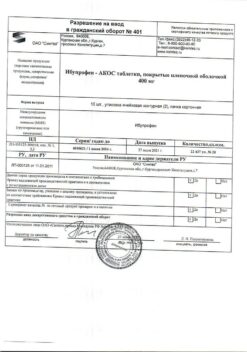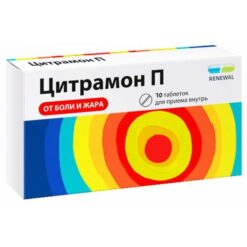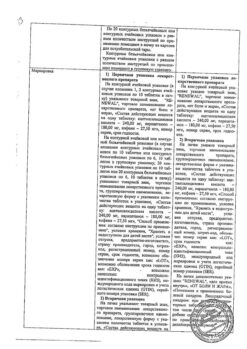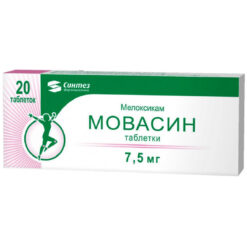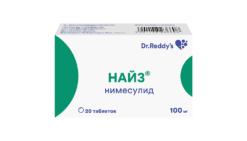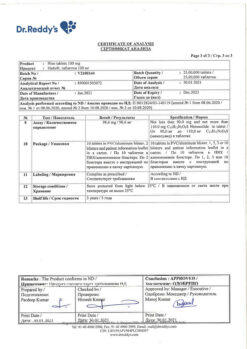No products in the cart.
Proserine, 0.5 mg/ml 1 ml 10 pcs
€3.36 €3.05
Out of stock
(E-mail when Stock is available)
Description
Pharmacological action
Acetylcholinesterase and pseudocholinesterase inhibitor. It has indirect cholinomimetic effect due to reversible inhibition of cholinesterase and potentiation of endogenous acetylcholine action.
It improves neuromuscular transmission, increases gastrointestinal motility, increases tone of the bladder, bronchi, secretion of exocrine glands. Causes bradycardia and lowering of blood pressure. Narrows the pupil, lowers intraocular pressure, causes spasm of accommodation.
Pharmacokinetics
After parenteral administration, neostigmine methylsulfate undergoes hydrolysis and is also metabolized in the liver to form inactive metabolites. Binding to plasma proteins is 15-25%.
It is excreted in the urine (80% within 24 hours) as unchanged substance (about 50%) and metabolites. It poorly penetrates through the HEB.
Indications
Indications
myasthenia gravis (muscle weakness)
polio
glaucoma
decreased tone of the stomach, intestines and bladder.
Pharmacological effect
Pharmacological effect
Pharmacological action
Acetylcholinesterase and pseudocholinesterase inhibitor. It has an indirect cholinomimetic effect due to reversible inhibition of cholinesterase and potentiation of the action of endogenous acetylcholine.
Improves neuromuscular transmission, enhances gastrointestinal motility, increases the tone of the bladder, bronchi, and the secretion of exocrine glands. Causes bradycardia and decreased blood pressure. Constricts the pupil, lowers intraocular pressure, and causes a spasm of accommodation.
Pharmacokinetics
After parenteral administration of neostigmine, methyl sulfate undergoes hydrolysis and is also metabolized in the liver to form inactive metabolites. Plasma protein binding is 15-25%.
Excreted in the urine (80% within 24 hours) in the form of unchanged substance (about 50%) and metabolites. Poorly penetrates the BBB.
Special instructions
Special instructions
Use with caution in Addison’s disease.
When administered parenterally in high doses, preliminary or simultaneous administration of atropine is necessary.
If a myasthenic (due to insufficient therapeutic dose) or cholinergic (due to overdose) crisis occurs during therapy, a careful differential diagnosis is required due to the similarity of symptoms.
Impact on the ability to drive vehicles and operate machinery
During the treatment period, you should refrain from driving vehicles and other potentially dangerous activities that require concentration and high speed of psychomotor reactions.
Active ingredient
Active ingredient
Neostigmine methyl sulfate
Composition
Composition
1 ml of solution contains:
Active substance:
neostigmine methyl sulfate – 500 mcg
Contraindications
Contraindications
epilepsy,
bronchial asthma,
angina pectoris
atherosclerosis,
prostate adenoma,
peptic ulcer of the stomach and duodenum,
hypersensitivity to the drug.
Side Effects
Side Effects
nausea,
vomit,
diarrhea
decrease in heart rate,
decrease in blood pressure
twitching of tongue and skeletal muscles
allergic reactions.
Interaction
Interaction
Neostigmine methyl sulfate is an antagonist of non-depolarizing muscle relaxants; when used simultaneously, it enhances the effect of depolarizing muscle relaxants.
When used simultaneously, m-anticholinergics, ganglion blockers, quinidine, procainamide, local anesthetics, tricyclic antidepressants, antiepileptic and antiparkinsonian drugs reduce the effect of neostigmine methyl sulfate.
Ephedrine potentiates the effect of neostigmine methyl sulfate.
With simultaneous use of neostigmine methyl sulfate with beta-blockers, bradycardia may increase.
Overdose
Overdose
Symptoms: associated with overexcitation of cholinergic receptors (cholinergic crisis): bradycardia, hypersalivation, miosis, bronchospasm, nausea, increased peristalsis, diarrhea, increased urination, twitching of the tongue and skeletal muscles, gradual development of general weakness, decreased blood pressure (BP).
Treatment: reduce the dose or stop treatment, if necessary, administer atropine (1 ml of 0.1% solution), metacin and other anticholinergic drugs.
Storage conditions
Storage conditions
Store in a dry place, protected from children.
Manufacturer
Manufacturer
Novosibkhimpharm, Russia
Additional information
| Conditions of storage | Store in a dry place, protected from children. |
|---|---|
| Manufacturer | Novosibkhimpharm, Russia |
| Medication form | solution for injection |
| Brand | Novosibkhimpharm |
Related products
Buy Proserine, 0.5 mg/ml 1 ml 10 pcs with delivery to USA, UK, Europe and over 120 other countries.

